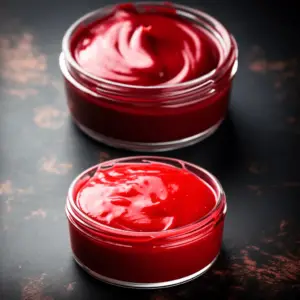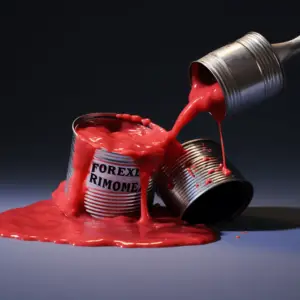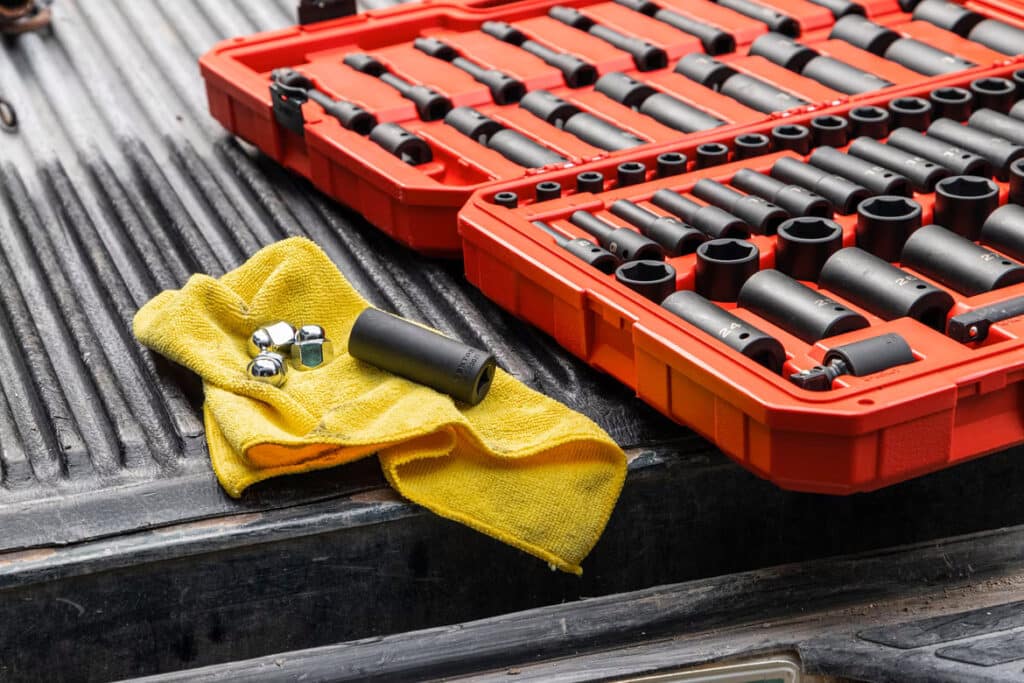 It is normal to want to get the best type of grease for the surface you are working on. The wrong type of grease can cause a lot of damage and expedite the deterioration process to the point of no repair. That’s why it’s always important to understand the type of grease in question to make sure you’re getting the right product for the job.
It is normal to want to get the best type of grease for the surface you are working on. The wrong type of grease can cause a lot of damage and expedite the deterioration process to the point of no repair. That’s why it’s always important to understand the type of grease in question to make sure you’re getting the right product for the job.
Table of Contents
One of the most common comparisons would be Moly grease vs Red grease.
Moly grease or molybdenum disulfide is mostly used for high-pressure metal surfaces that are slow-moving, while red grease works better on rubber seals, rings, and bushings. Both options have specific targeted applications that help lubricate the surface they are applied to.
While it is important to try to utilize one type of grease for the surfaces you are working on, making the right choice between Moly grease and Red grease can be a bit daunting. You will be wise to opt for something that’s specialized and will serve the specific surfaces you are going to subject it to.
These are some of the crucial details to keep in mind when comparing Moly grease vs Red grease. In this article, we will discuss Moly grease vs Red Grease and highlight what each one can be utilized for moving forward.
Moly Grease Overview
Molybdenum disulfide or Moly grease is generally used for high-pressure metal surfaces and is usually applied on gear-based mechanisms. This in turn helps to lubricate the surface and serves as a specialized formulation to assist in managing slow-moving, high-pressure metallic surfaces.
Applied on its own, Moly grease is impregnated into the surface of metal parts to enhance the lubricity and protect the parts. When applied in lubricant and greases, the Moly attracts itself to the metal surfaces as an anti-wear surface coating.
Applied in lubricants, Moly grease’ efficiency is limited if the additives remain suspended. It’s important to make sure that the grease is compatible with the additives beforehand.
Red Grease Overview
The Red rubber grease, on the other hand. Is a specialized formulation meant for use on various kinds of rubber-based surfaces including bushings, gears, and other comparable surfaces. Red grease provides a neat, well-lubricated finish on these types of surfaces.
It Red rubber grease is manufactured using vegetable oil as the base lubricant. Which is probably the reason why it’s ideal for protecting and lubricating rubber components. The resultant red color is due to the addition of a red dye to make it easily distinguishable from other greases.
Moly Grease vs Red Grease: Compatibility
In terms of compatibility with specific surfaces, the actual differences between these two options start with how each type of grease is applied. For instance, moly grease or Molybdenum disulfide is only going to be applied on metallic surfaces where two of them are grinding together.
That means if you have a machine that is running two types of metal gears together, moly grease would be a great idea to keep them functional.
Meanwhile, red grease is only going to be effective on rubber-based surfaces. Such as rubber gears and bushings. This is certainly something worth noting as you shouldn’t mix these types of grease. Apply them on inappropriate types of surfaces. So be sure to use these specialized formulations for what they are designed for. After all, that’s the only way to get the results you are looking for.
If the rubber is not lubricated, it becomes dry and hardens, and can crack over time. Moreover, if it is contacted by hydrocarbons such as diesel or petrol, it can swell and lose its shape and structure.
When this happens, it becomes hard to perform the job it was basically designed to do. As such, rubber needs to be lubricated with ideal grease that protects rather than damages it. And this is precisely what red rubber grease has been designed to do.
Durability
Generally speaking, red grease tends to veer towards longevity and durability, in comparison to moly grease. Moly grease is best applied to keep the gears well-lubricated and functional. It is a more performance-oriented option and can be used to enhance the gears’ life a bit.
Red rubber grease on the other hand also enhances the durability of the rubber and is typically used for the purpose along with immediate performance. However, it’s important to note that as grease degrades. It begins to darken, showing noticeable effects compared to new grease.
As far as longevity goes, the best choice comes down to the type of surfaces you are working on. Just make sure you are applying the formulation on the right surface and you’ll get the best results.
Efficiency
Coming down to overall performance, you want to put more emphasis on efficiency than anything else. Compatibility is the key.
When you use red rubber grease on rubber surfaces, the immediate lubrication will be noticeable. This is due to the fact that the formulation is purposely designed for such specific applications.
The same goes for moly grease with metallic surfaces or gears. You will realize immediate lubrication and the results will be visible. The gears are going to be more functional and smoother than before.
The point here is to find out which type of grease is best suited for your project. Whether it is red grease or moly grease, you should always consider where you want to apply it beforehand. This is how you guarantee the best final lubrication results.

The Bottom Line
These are some of the important details to keep in mind when choosing between Moly grease and Red grease. While they are all great in their respective area of application. The final results will largely be influenced by the type of the surface.
Moly grease is best-suited doe slow-moving, high-pressure metal surfaces such as gears that grind against each other, while red grease is considered best for rubber-based surfaces such as bushings.
Both options have distinctive areas of application and that is mainly how they should be used. Otherwise, with appropriate application, both greases are great and will certainly enhance the value of the setup.


